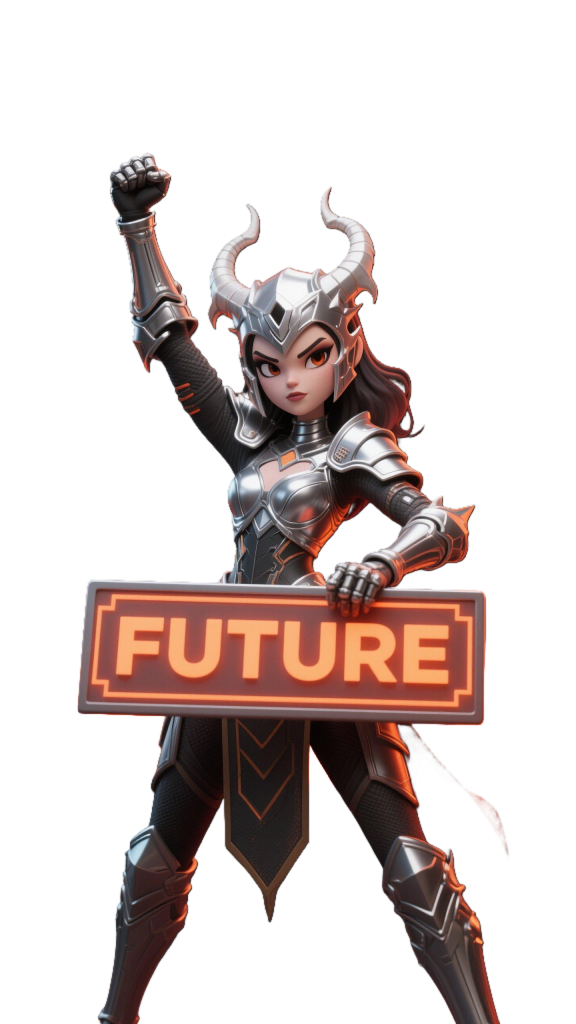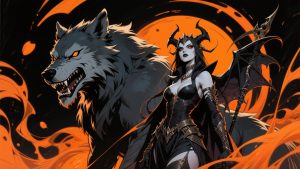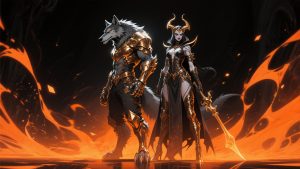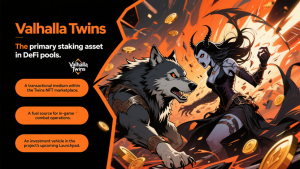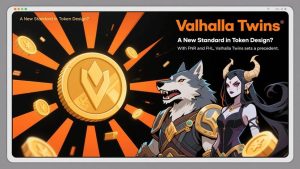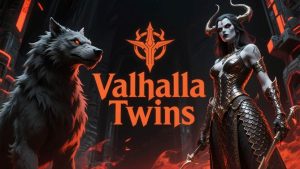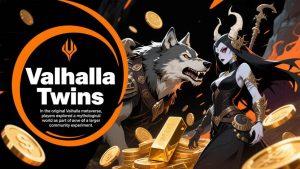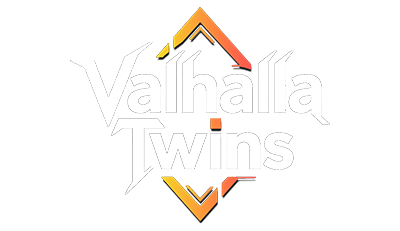Gaming has long been a gateway into digital culture, and now it stands at the threshold of something much greater: a complete Web3 transformation. As blockchain, DeFi, and NFTs merge into a new generation of interactive ecosystems, Valhalla Twins is positioning itself not just as a game, but as the centerpiece of a myth-based, token-fueled revolution in the way we play, earn, and interact.

At its core, Valhalla Twins is a metaverse gaming initiative powered by the dual-token economy of FENRIR(FNR) and FHEL(FHL), where battles are not just fought on the field—but on-chain. Unlike earlier “play-to-earn” titles that struggled with inflationary models and weak gameplay, Valhalla Twins reimagines the mechanics of value generation in gaming. Here, your tokens are not just currency—they are power, strategy, and fate.
The flagship game, simply known as Valhalla Game, invites players to enter a realm inspired by Norse mythology, where two cosmic forces—chaos and order—are locked in eternal struggle. Through immersive 3D environments, token-integrated mechanics, and NFT-powered characters, players battle, strategize, and conquer in a fully decentralized ecosystem.
But what makes Valhalla Twins different is the way it ties economic activity directly to gameplay action. Players earn FENRIR tokens through in-game achievements, staking victories, and PvP dominance. FENRIR can then be used to enhance characters, access special missions, or farm yield in the broader DeFi environment. Meanwhile, FHEL operates like an ecosystem moderator—it’s used to redeem NFTs, unlock advanced skills, and participate in governance-related quests.

This is more than just fun—it’s financial gamification at scale.
Another key innovation is the Twins NFT system. Unlike typical static NFTs, each warrior or creature NFT in the Valhalla Game evolves through player action. Traits such as strength, wisdom, and aggression improve through real gameplay. A low-tier NFT can ascend in rank and even become a DAO guardian, granting its owner voting power or revenue-share rights. This creates a living game economy, where the boundary between collector, investor, and gamer is intentionally blurred.
Beyond battles and quests, Valhalla Twins is also creating a creator-driven layer. Future versions of the game will include player-built worlds, token-based land ownership, and procedurally generated mythologies through AI integration. This means players won’t just consume the game—they’ll help design it, expanding lore, creating sidequests, and even launching mini-game mods.
But perhaps the most exciting part is that Valhalla Twins is not building in isolation. It’s constructing the Ragnarök Bridge, a multi-chain gateway that connects the game across Ethereum, Binance Smart Chain (BSC), and Base. This allows users to bring their assets across chains, battle on one, stake on another, and trade NFTs in a fully cross-chain marketplace.
With partnerships forming between Valhalla Twins and various DeFi protocols, GameFi platforms, and Web3 guilds, the project is already becoming a hub for interconnected blockchain entertainment. The team also plans to integrate future AI battle companions, predictive training models, and even streaming compatibility—allowing players to earn tokens from viewership and in-game performance.
The future of gaming is not about better graphics or more levels. It’s about ownership, freedom, and participation. In that world, Valhalla Twins is not just building a game—it’s building a universe.

A universe where myth becomes code.
Where play becomes governance.
And where every battle writes a block in the chain of destiny.

